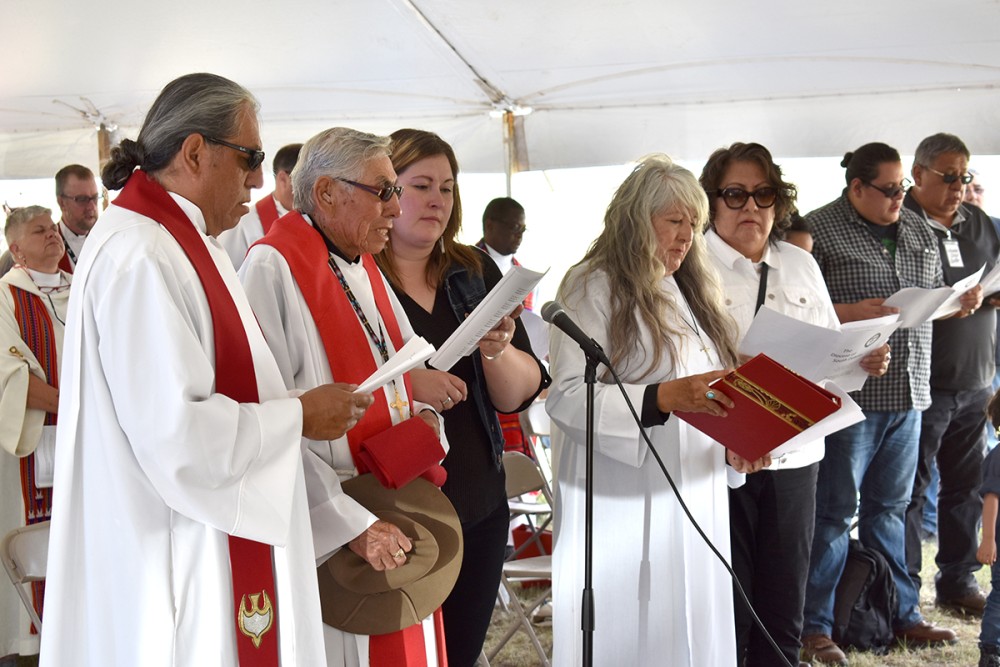Episcopal Church backs new Lakota translation of prayer book
Funding liturgical translations also helps preserve indigenous languages at risk of being lost.

Expanding its investment in translating the Book of Common Prayer into indigenous languages, the Episcopal Church has given the Diocese of South Dakota a grant to pay for a new Lakota translation.
A year ago a similar grant was awarded to the Diocese of Alaska in support of a translation of the prayer book into Gwich’in, the language of many Native Alaskans.
By adding to those existing resources, the Episcopal Church has an additional purpose in mind: to help preserve Native languages that are at risk of being lost at a time when many younger Native Americans are learning English as their first language.





